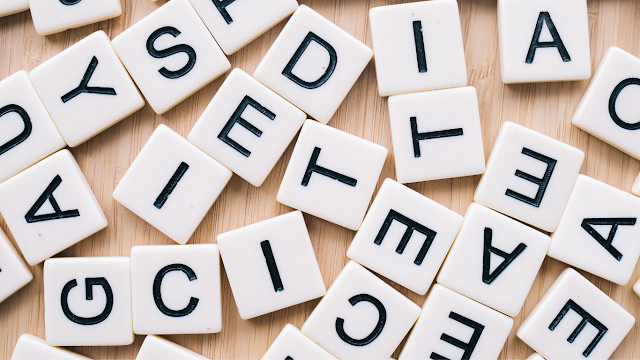What are Literary Devices?
Literary devices are essential tools used by writers to
enhance their work's quality and effectiveness. They are techniques that
writers use to communicate their message and create an emotional response in
readers. In this article, we will discuss the various literary devices writers
use to create their works.
Simile
A simile is a figure of speech that compares two different
things using the words "like" or "as." For example,
"She's as busy as a bee." Similes are used to create vivid images in
the reader's mind and to make comparisons between two things more explicit.
Metaphor
A metaphor is a figure of speech that compares two different
things without using "like" or "as." For example,
"Life is a journey." Metaphors are used to create a deeper meaning
and to convey complex ideas in a concise manner.
Alliteration
Alliteration is the repetition of the same sound at the
beginning of words. For example, "She sells seashells by the
seashore." Alliteration is used to create a musical quality in writing and
to emphasize specific words or phrases.
Personification
Personification is a figure of speech that gives human
qualities to non-human like things or animals. For example, "The wind
howled." Personification is used to create a more emotional response in
readers and to make inanimate objects or animals more relatable.
Hyperbole
Hyperbole is a figure of speech that exaggerates something
to make a point. For example, "I've told you a million times."
Hyperbole is used to create a more dramatic effect and to emphasize a point.
Irony
Irony is a figure of speech that is used to convey the
opposite of what is said. For example, "This is a fine mess you've gotten
us into." Irony is used to create humor and to add depth to a message.
Onomatopoeia
Onomatopoeia is the use of words that emulate sounds. For
example, "buzz," "crackle," or "hiss."
Onomatopoeia is used to create a more vivid description of a scene or action.
Foreshadowing
Foreshadowing is a literary device that hints at something
that will happen later in the story. For example, "Little did she know
that her life was about to change forever." Foreshadowing is used to
create tension and suspense in the reader and to prepare them for future
events.
Literary devices are not only used in literature but also in other forms of communication such as advertising, speeches, and even everyday conversations. Understanding and using literary devices can help individuals communicate more effectively and express themselves in a more impactful way.
Literary devices are not limited to the examples mentioned
above, and there are many more types of literary devices that writers use in
their works. For instance, symbolism is a literary device where an object,
person, or situation represents something else. It is often used to convey a
deeper meaning or message in a story.
Another literary device is imagery, which involves the use
of descriptive language to create a vivid mental picture in the reader's mind.
By using sensory details such as sight, sound, touch, taste, and smell, writers
can transport their readers to another place and immerse them in the story.
Moreover, repetition is another literary device that
involves repeating words or phrases for emphasis. Repetition is often used in
speeches and slogans to make a point or to make the message more memorable.
Literary devices can also be combined to create a more
powerful effect. For example, a writer may use alliteration, personification,
and imagery to create a more vivid and impactful description.
In summary, literary devices are powerful tools that writers
use to create works that are more engaging, memorable, and impactful. By
understanding and using literary devices, individuals can improve their
communication skills and express themselves in a more effective way.
Literary devices are essential tools used by writers to
create vivid descriptions, convey complex ideas, and create an emotional
response in readers. By using literary devices, writers can elevate their
writing to the next level and create works that are more engaging and
memorable.






0 Comments